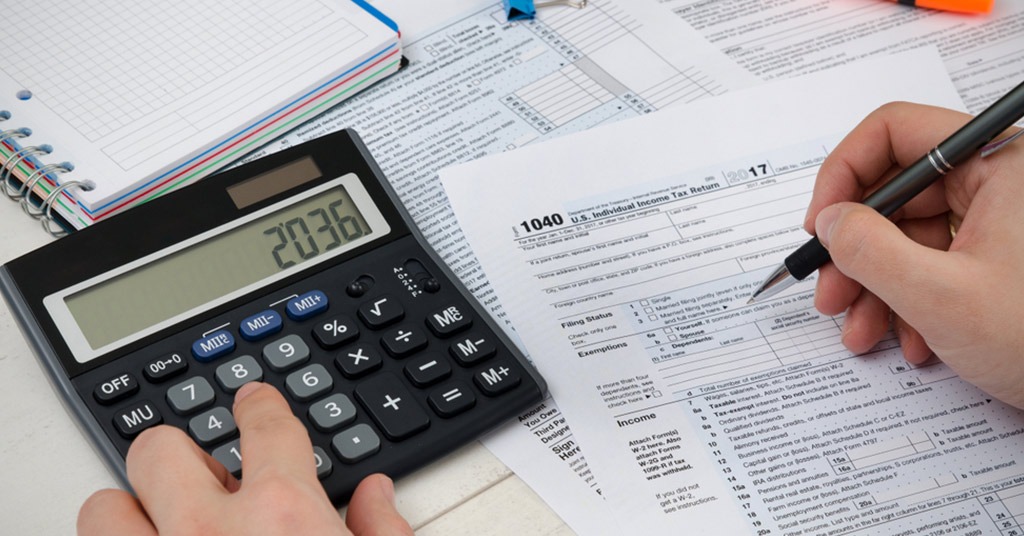What is a PAN card, PAN number, and what you should know about it

PAN Card: what is it and why it is important. Source: shutterstock.com
PaySpace Magazine has decided to write an article about part of the Indian tax system. Thus, you will find out what a PAN is, and how this system works.
What is it?
PAN stands for Permanent Account Number, and it is a way to identify tax-paying citizens in the state. Basically, a РАN is a 10-digit number, which contains both alphabet letters and numbers (technically, it is called alphanumeric). This number is given to Indians who pay taxes.
This system is digital/computer-based, and the major aim of it is to assign a unique number that will help to identify taxpaying entities in India. The system is quite important since each PAN acts as the primary key when it comes to the storage of tax-related data of any type. The system works all over the country and has no exceptions, so you’ll never find two citizens/entities with the same PAN.
When somebody receives a PAN, they also receive a PAN Card. You may ask “what is the difference between these two definitions? As we’ve mentioned above, a PAN is just a number, while the PAN Card is an actual tangible card that has not just the PAN, but also name, date of birth (DоВ), and photo. This card can act as a legitimate ID. Moreover, the PAN Card is valid for a lifetime.
History of the PAN
Initially, there was no such definition as PAN. India used the so-called GIR number, also giving it to tax-paying citizens. Basically, the core idea was quite similar, but the system had some problems with uniqueness. In a nutshell, this number was unique in the frames of a particular ward or under a specific assessing officer. Unfortunately, it wasn’t unique at the country level. In terms of legislation and tax system, such a “uniqueness problem” gave scammers an opportunity to use loopholes. Moreover, multiple miscalculations and error cases were registered.
The new concept (PAN) was first mentioned in 1972. At the early stages, it was more like a voluntary/experimental initiative. Nevertheless, it became obligatory for all taxpayers in 1976.
The first series of PAN faced some difficulties. Since all the processes were implemented manually, there was no actual database with all required records. Consequently, all the PAN data wasn’t structured. Moreover, there was no centralized agency that issued РАN cards, which led to some real mix-ups. Namely, different centers could give the same PAN to different people, so individuals from different states /territories could have the same number, which caused problems. And last but not least, initially, the PAN wasn’t a constant number. It could change, and it depended on the individual’s address.
In 1995 the situation with mix-ups and numbers changed, and all tax data was streamlined to one single number. Furthermore, the government decided to store information in one (central) database. Thus, they made a single system integrated into the bigger one (we are talking about the tax system). At that point, they made it possible to track all credit/debit, loan, and investment details through the PAN.
How to apply for a PAN Card
In 2020 you have two basic options to apply for a PAN Card: online and offline. If you want to implement this online, then you can use one of these websites:
- NSDL
- UTIITSL
On the other hand, you can apply offline via an in-person visit to any district-level PAN agency. These agencies solve different issues, so an application for a PAN is not the only type of service they provide. If you already have a PAN, you can request an agency to make corrections or change data.
PANs are available not only for Indian citizens. You can receive a PAN being a foreigner (or if you run a foreign business/entity). Therefore, Indian citizens/entities can apply for a PAN by filling Form 49A (let’s not get into details about official forms and papers; you can find all required data on governmental and tax agency websites). If you are a foreigner or foreign entity, then you need to fill Form 49AA.
Regardless of the type of service you have requested (new РАN, corrections, etc), you can track the status of the application using its number.
We are not sure about UTIITSL, but the NSDL site usually accomplishes all the application-related processes (including printing of the card) within two weeks.
Is it important to have a PAN card?
First of all, a PAN card is necessary for carrying out any kind of financial transaction, so it is compulsory to have this thing if you are a taxpayer. Apparently, you would need a PAN card when it comes to income taxes, tax refunds, and any other deals related to the Income Tax Department.
Maybe you have heard that the Indian Budget 2019 program had a point about PAN. The government proposes that people who don’t have a PAN could use their Aadhaar number in order to implement any process that requires a PAN. The document also offered to simplify some processes, such as the one where you link PAN with Aadhaar number, and others. Nonetheless, the document is still in the process of approval, so maybe in 2020, we will know for sure which rules enter into force.
SEE ALSO:








